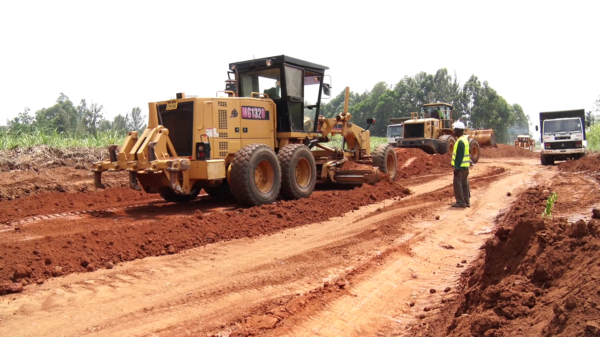
Speaking at the Affordable Housing Investment Summit in Nairobi on Monday, Shelter Afrique’s Chief Executive Officer Andrew Chimphondah (pictured) said most policies had an exclusive urban focus and non-consideration of the low-income groups and the rural areas/COURTESY
NAIROBI, Kenya, Jul 15 – Shelter Afrique has urged governments to establish a housing microfinance fund to improve access to housing finance by Kenyans in the lower end of the market.
Speaking at the Affordable Housing Investment Summit in Nairobi on Monday, Shelter Afrique’s Chief Executive Officer Andrew Chimphondah said most policies had an exclusive urban focus and non-consideration of the low-income groups and the rural areas.
“Access to adequate housing for low-income earners is a critical development issue globally and more so for in Africa. A safe and stable home is the first step to a productive, healthy life, yet owning a home is beyond the reach of the vast majority in Africa,” said Chimphondah.
He added that the majority of African countries were facing a housing crisis and that the continent housing industry required at least a minimum of USD2.5 billion in new investment annually for any meaningful impact.
“The combined value of the housing shortage of Africa’s first and second-largest economy, Nigeria and South Africa respectively is estimated at USD97bn, stemming from huge annual housing deficits of 17million and 3million units for Nigeria and South Africa respectively,” he said.
Shelter Afrique’s Chairman Daniel Nghidinua said with the right enabling policies and by following a coordinated and inclusive approach, African countries have and can mobilize requisite capacities and resources to tackle the shortage of affordable housing.
“For instance, only 2.4 percent of the Kenyan population is able to afford typical loan rates. At the end of December 2018, there were only about 26,000 active conventional mortgages in the whole country, in Uganda, the number was just 5,000 in 2018,” he said.
He said there is an urgent need to expand mortgage finance option, designing appropriate mortgage finance products, and enhancing access to capital markets.
A recent report indicates that more than 60% of people in sub-Saharan African live in Slums.
61 per cent of Kenyans in cities live in slums, a figure that’s likely to get worse as Kenyan cities add 500,000 people a year.
In Nairobi, a lack of affordable housing has made it one of the most expensive cities in Africa.
Kenya, along with almost every other country on the continent, doesn’t have enough jobs for its young people—those under the age of 30, who make up 75 per cent of the country’s population and move to cities for jobs.


































